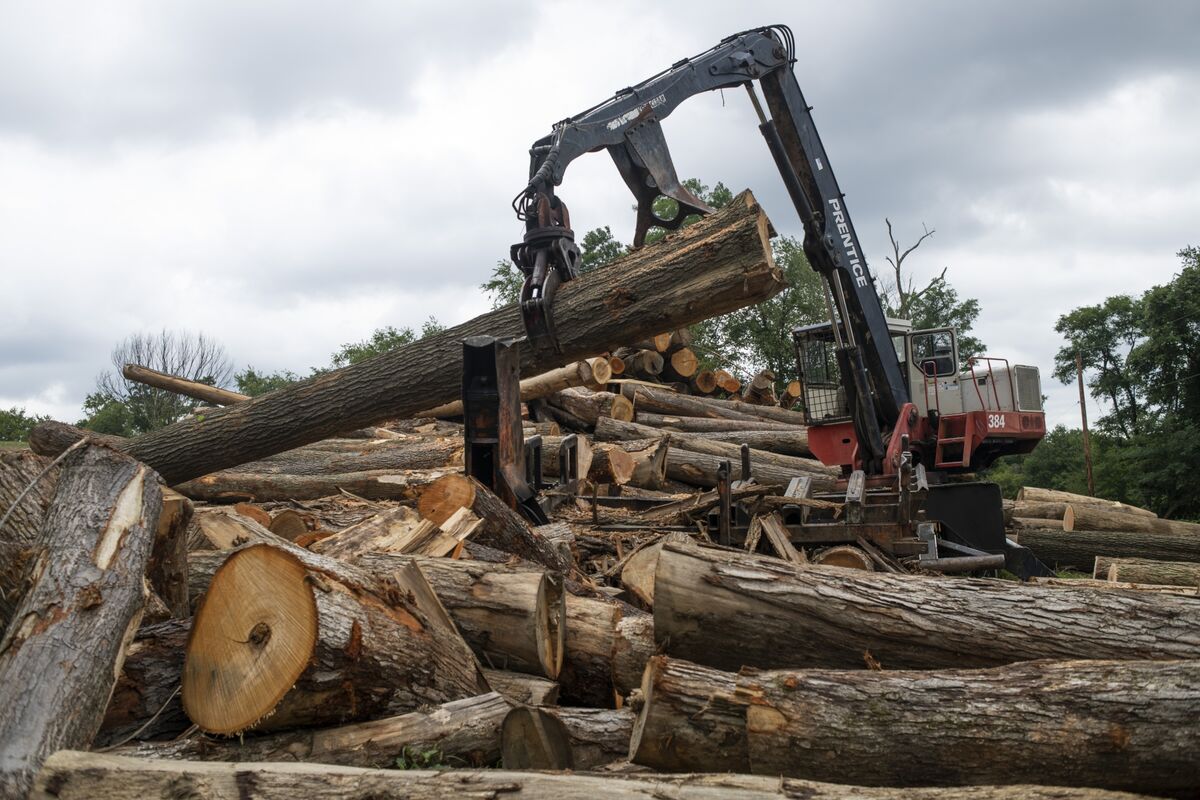I'm having trouble copying this link on my cell phone, but it leads you to a Bloomberg article. Basically plenty of harvest ready logs in the south, but demand for lumber is higher than the mills can produce. Do the mills are making a killing: logs are cheap and the market is high for the lumber.

 www.bloomberg.com
www.bloomberg.com
Harvest-ready trees exceed sawmill capacity throughout the southern U.S. Since it’s so expensive to transport heavy logs, supplies go to sawmills in the area and the fees are highly localized in the region, where many timberlands are privately owned.
In Alabama, the stumpage fees are slightly higher than Louisiana at $23.34 per short ton. But they’ve barely budged since 2016 and are half the price fetched in 2005.
In the futures market, lumber touched a record $1,326.70 per 1,000 board feet on Monday.

Lumber Prices Soar, But Logs Are Still Dirt Cheap
Lumber prices have soared to records. Demand for wood is skyrocketing. The shares of wood suppliers are surging.
Harvest-ready trees exceed sawmill capacity throughout the southern U.S. Since it’s so expensive to transport heavy logs, supplies go to sawmills in the area and the fees are highly localized in the region, where many timberlands are privately owned.
In Alabama, the stumpage fees are slightly higher than Louisiana at $23.34 per short ton. But they’ve barely budged since 2016 and are half the price fetched in 2005.
In the futures market, lumber touched a record $1,326.70 per 1,000 board feet on Monday.
Last edited:

